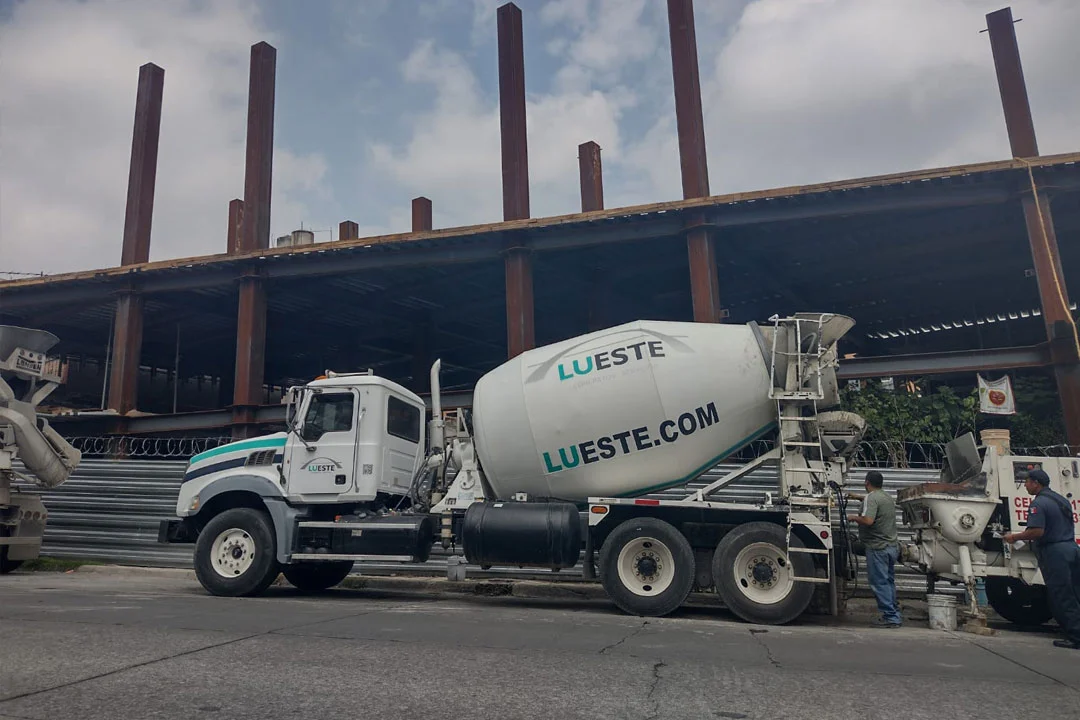Some concrete structures in Rome have been around for two centuries, while our modern concrete structures can deteriorate in the first 50 years. It amazes us how they mastered the production of sustainable concrete.
By the time of the Roman Empire, the use of lime as a cement was well established. With 200 years of Pax Romana (Peace in Rome), engineers switched from military activities to civil projects. As a result, a great concrete development and construction boom began throughout the Roman Empire.
As the center of the empire, Rome attracted many of the leading engineers and craftsmen of the day. The best people wanted to be part of the construction boom, so this great talent managed to generate innovation and develop new construction techniques.
How was Roman concrete created?
The ancient Romans were not the first to create concrete, they were the first to make widespread use of the material. The Romans successfully used concrete in most of their constructions. The Romans developed a new concrete mix using pozzolana, a fine volcanic ash found in southern Italy, mixed with lime and seawater to create a strong and resilient form of concrete.
Roman concrete was called opus caementicium, which means concrete mixed with small stones. The stones held together by the concrete add strength, which means less concrete is required to fill the space. Roman concrete was also unique in that, thanks to its chemical composition, it hardened under water, allowing the Romans to build the strongest docks, harbors, bridges, and even the foundations of cities. They then packaged the mixture in the form of wood, and once it hardened, they stacked the blocks like bricks.
Was Roman concrete really better than modern concrete?
Some argue that the concrete the Romans used was of better quality than what is used today. Research by American and Italian scientists has shown that the concrete used to build the Roman port in the Mediterranean is stronger than modern concrete, known as Portland cement.
The production process is completely different. Portland cement is made by heating clay and limestone (with various additives) at high temperatures, while the Romans used pozzolana (volcanic ash) and much less lime at lower temperatures.
Rome's harbor remained intact after 2,000 years of waves pounding the harbor breakwater, while Portland's concrete began to erode in less than 50 years of waves pounding.
Ancient Roman concrete also has flexural properties that Portland concrete does not due to its lime and pozzolans (volcanic ash), which explains why it does not crack after decades. Additionally, pozzolan (derived from volcanic ash) makes the concrete more resistant to salt water than our current concrete.
Surprisingly, when the Roman Empire fell, the knowledge of making concrete was lost. Centuries later, in 1710, a French engineer rediscovered it. His formula remains the basic formula used to make Portland cement concrete to this day.
Reinforced concrete (reinforced with steel bars) was not implemented in ancient Rome. As a result, the buildings last longer because they do not suffer from the corrosion of the steel.
Our Lueste professionals will help you with all your concrete needs, as well as construction services for all types of projects. We have a team of experts who can provide you with high-quality wall mixes suitable for your project. We serve CDMX. Call +52 (55) 5598-9348 or contact us online.




